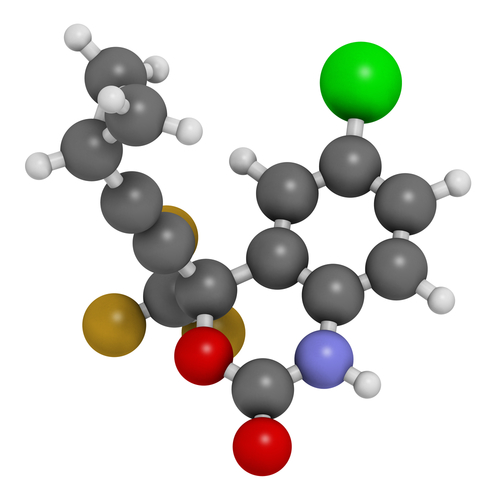 In a new study entitled “Modulation of HCV replication after combination antiretroviral therapy in HCV/HIV co-infected patients,” a team of researchers developed a dynamic mathematical model to determine how HIV combination antiretroviral therapy affects patients co-infected with hepatitis C virus (HCV). They concluded that early antiretroviral therapy must be implemented to fight both infections efficiently. The study was published in the journal Science Translational Medicine.
In a new study entitled “Modulation of HCV replication after combination antiretroviral therapy in HCV/HIV co-infected patients,” a team of researchers developed a dynamic mathematical model to determine how HIV combination antiretroviral therapy affects patients co-infected with hepatitis C virus (HCV). They concluded that early antiretroviral therapy must be implemented to fight both infections efficiently. The study was published in the journal Science Translational Medicine.
Infection by the human immunodeficiency virus (HIV) is the cause of acquired immunodeficiency syndrome (AIDS), a condition characterized by dampening the immune response, allowing infections by other pathogens, termed “opportunistic,” to thrive. One of the infections commonly associated with HIV is the hepatitis C virus (HCV) infection, which is reported to contribute to mortality observed in HIV patients. Infection with both pathogens — co-infection — was observed to increase HCV rate of replication, leading to increased damage to the liver.
Therapy against HIV infection is achieved with combination antiretroviral therapy (cART), however, how this therapeutic impacts the replication of HCV is still not fully understood. In this study, the authors proposed to tackle this issue.
To this end, the authors performed a small study where they recruited HCV/HIV co-infected patients who were administered a combination antiretroviral therapy (cART). They then developed a mathematical model to evaluate the immune system responses, while determining the efficacy of HIV treatment to HCV infection by performing a microarray profiling (this technique allows researchers to measure the expression of a large number of genes simultaneously).
The team of researchers observed in a subset of patients that in an initial phase, cART promoted HCV replication and increased liver damage, as measured by the production of alanine aminotransferase (ALT), a common test to determine liver injury. With time, however, HCV viral load decreased. The authors determined that a successful cART induced alterations to the gene profiling of co-infected patients, leading to the phenotype observed with HCV infection — early increase and declining over time. They observed that while initially cART impaired the expression of interferon-stimulated genes (one of the first and most important responses mounted by the immune system against viruses), with time cART can induce a response that results in viral load decline.
The authors urge that their finding supports the measure to detect and introduce combination antiretroviral therapy as soon as possible to reduce both HIV infection and HCV induced hepatic damage.
Mario Castro, professor at the Comillas Pontifical University ICAI-ICADE and study author noted, “Once the first week of treatment against HIV has been completed, in which HCV spreads, the immune system reacts against the hepatic disease and has a beneficial effect on both infections.”

